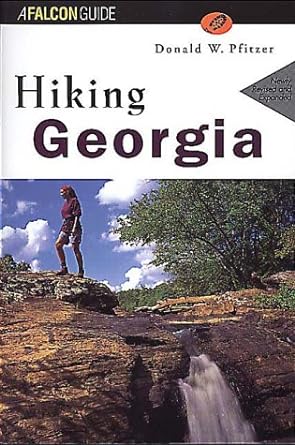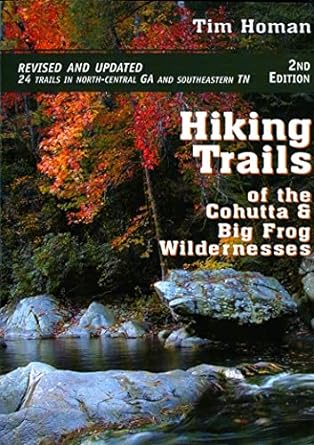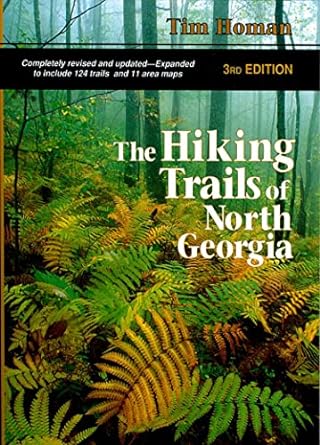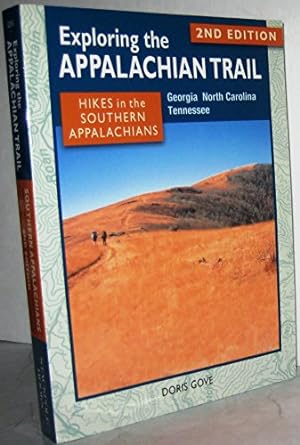Hiking GeorgiaGeorgia beckons hikers with nearly 1,000 miles of trails that tunnel through flowering rhododendron thickets, f Birdshooter’s Take: This book is organized by geography with an index map showing you the exact location of each hike. That’s a major plus if you are looking for a day or overnight trip in a particular region of the state. Hiking Georgia also has a trail map which shows major roads, trailheads, and the route of the hiking trail. There are some pictures in this trail book and the material is decent with data on trail difficulty, length, elevations, and special features and attractions. There are 74 hikes in this book and it is geared to both day and overnight hikers. My Recommendation: If you do a lot of hiking all over the State of Georgia this is a good buy since it is one of the few books that covers the entire state. The Hiking Trails of the Cohutta and Big Frog WildernessesJoin Tim Homan as he explores the trails of northwestern Georgia and southeastern Birdshooter’s Take: Author Tim Homan has a number of guidebooks for hikes in the Southeast and I have found his writings to be among the best. There is detailed history on the Cohutta and Big Frog Wilderness in this book with thorough directions to the trailheads, nature notes, and a difficulty rating for both day hikers and backpackers. My Recommendation: This guide is currently the best and only book available if you plan to hike in the Cohutta and Big Frog Wilderness. Hiking Trails Of North Georgia
|







Speak Your Mind